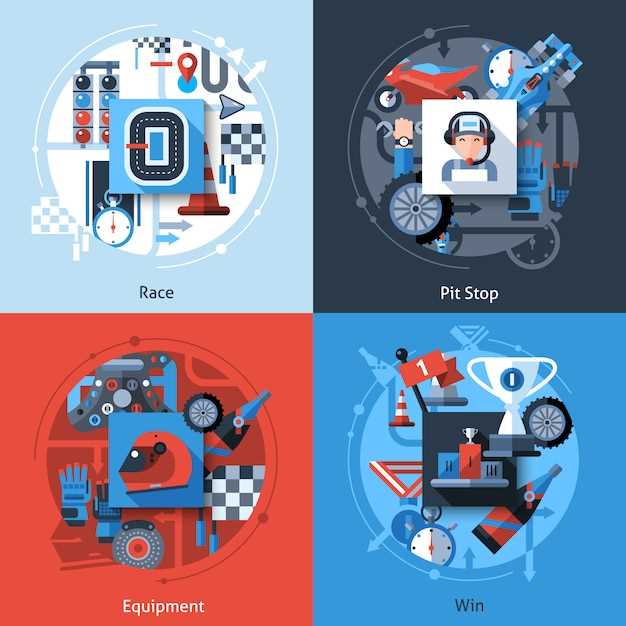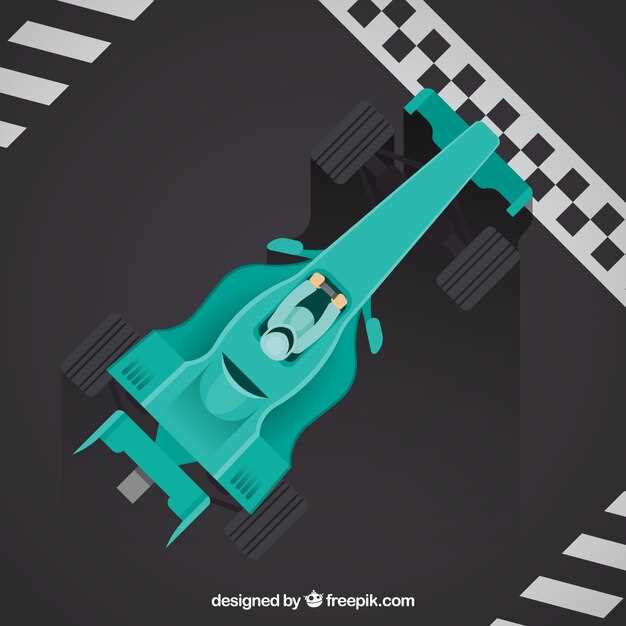
Bracket racing has emerged as a popular form of motorsport that uniquely combines racing and strategic competition. Unlike traditional drag racing, where the fastest car wins, bracket racing focuses on the consistency of performance. Competitors must run their vehicles as close to a predetermined dial-in time as possible, making this form of racing accessible to drivers of varying skill levels and experience.
The appeal of bracket racing lies in its inclusivity and the level playing field it creates. This unique format allows drivers to compete not just against the speed of their opponents but also against their own abilities to achieve better runs. As a result, racers can enjoy the thrill of head-to-head competition without the constant pressure of being the fastest on the track. This has led to a growing community of enthusiasts who appreciate the challenge and camaraderie that bracket racing fosters.
Moreover, the simplicity of regulations and the adaptability of various vehicle types make bracket racing an inviting environment for newcomers. From seasoned racers to weekend warriors, anyone with a passion for racing can find their place in this sport. As more participants discover the excitement of bracket racing, its popularity continues to surge, solidifying its position as a staple of motorsport culture.
How to Get Started in Bracket Racing: A Beginner’s Guide

Bracket racing is an exciting and accessible form of motorsport that allows drivers of varying skill levels to compete on a level playing field. Here’s how you can get started in this thrilling racing discipline.
1. Understand the Basics of Bracket Racing: Before you can participate, it’s essential to grasp the concept of bracket racing. In this format, each racer is assigned a “dial-in” time that represents the fastest time they expect to achieve in a race. The goal is to run as close to this time as possible without going quicker. This creates a fair competition where racers can compete against vehicles with varying capabilities.
2. Choose Your Vehicle: One of the first decisions you’ll make is choosing a suitable vehicle for bracket racing. While any car can theoretically be used, participants often opt for vehicles that can be consistently dialed in with low variance in times. Consider factors such as power, weight, and reliability when selecting your car.
3. Learn About Safety Regulations: Safety is paramount in bracket racing. Familiarize yourself with the safety regulations specific to your local tracks or racing associations. This typically includes requirements for helmets, harnesses, and roll cages, depending on the speed of your vehicle.
4. Practice Your Skills: Like any form of racing, practice is crucial. Spend time learning how to launch your vehicle effectively, apply consistent throttle control, and execute accurate runs. This builds confidence and helps refine your ability to hit your dial-in time.
5. Find a Local Track: Research local racetracks that host bracket racing events. Many tracks offer “test and tune” nights where beginners can practice without the pressure of competition. Engaging with fellow racers can provide valuable insights and tips.
6. Enter Your First Race: Once you feel comfortable with your skills and vehicle, enter your first bracket racing event. Pay attention to the rules and format of the competition, and don’t hesitate to ask questions from more experienced participants. Embrace the learning experience, whether you win or lose.
7. Analyze and Improve: After your initial races, take time to analyze your performance. Review your times, reaction times, and overall racing strategies. Continuous improvement is key in bracket racing, so implement changes based on your observations.
By following these steps, you can ease into the world of bracket racing. Embrace the camaraderie and excitement, and enjoy the journey as you develop your racing skills.
Key Strategies to Optimize Performance in Bracket Races

Bracket racing is not just about speed; it’s also about precision, strategy, and consistently outperforming your competitors. Optimizing your performance in these events requires a multifaceted approach that combines technical skills, mental preparation, and effective vehicle management. Here are essential strategies to help you enhance your racing performance:
-
Understand Your Vehicle:
Familiarity with your car’s capabilities is crucial. Know its strengths and weaknesses, and ensure it is finely tuned for optimal performance. Regular maintenance can prevent mechanical failures during a race.
-
Practice Reaction Times:
Your ability to react quickly can be the deciding factor in bracket racing. Consider these techniques:
- Use a practice tree to develop consistent reaction times.
- Participate in test runs before competition to gauge your responsiveness.
- Focus on your mental state before launching to minimize hesitation.
-
Strategize Your Dial-In:
The dial-in is a critical element in bracket racing. This number indicates what you predict your time will be:
- Analyze previous runs to set an accurate dial-in.
- Adjust dial-ins based on track conditions and your vehicle’s performance during qualifying rounds.
-
Analyze Weather and Track Conditions:
Weather can significantly affect performance, so prepare by:
- Monitoring temperature, humidity, and barometric pressure.
- Adjusting your vehicle setup based on current track conditions.
-
Optimize Launch Technique:
A smooth and efficient launch can set the tone for the entire race:
- Experiment with launch RPMs during practice to find the sweet spot.
- Employ a consistent technique to maximize grip and minimize tire spin.
-
Stay Mentally Focused:
Competitive racing demands mental toughness:
- Visualize success and remain calm under pressure.
- Establish a pre-race routine to enhance focus and confidence.
By implementing these strategies, racers can optimize their performance in bracket races, giving them a competitive edge. Consistency in execution and a deep understanding of both the vehicle and racing conditions can lead to more successful outings on the track.
The Role of Technology in Enhancing Bracket Racing Competitions
In the world of bracket racing, technology plays a pivotal role in elevating the level of competition and ensuring a fair and exciting experience for both drivers and spectators. From timing systems to data analysis tools, advancements in technology have transformed how races are conducted and understood.
One of the most significant innovations is the introduction of electronic timing systems. These systems provide precise measurements of reaction times and elapsed times, minimizing human error and ensuring accurate results. The use of laser technology in timing allows for real-time feedback, enabling racers to adjust strategies on the fly and enhancing the overall competitiveness of events.
Furthermore, data acquisition systems have become increasingly popular among racers who want to optimize their performance. By collecting data on factors such as speed, acceleration, and weight distribution, drivers can analyze their runs in-depth. This technological integration not only aids in personal improvement but creates a more competitive atmosphere as racers continually strive to refine their techniques based on concrete data.
Moreover, the advent of live streaming and social media has expanded the reach of bracket racing competitions. Fans can now follow their favorite racers in real time, encouraging engagement and building a community around the sport. This visibility attracts new participants and sponsors, further fueling the popularity of bracket racing.
In addition to enhancing the participant experience, technology aids in ensuring safety during competitions. Advanced safety equipment, including electronic cut-off switches and onboard telemetry, provide crucial information that can prevent accidents. The incorporation of such innovations reflects a commitment to the well-being of all participants, which is essential for the growth and appeal of the sport.
In summary, technology has significantly enriched bracket racing competitions by improving accuracy, providing valuable data for performance enhancement, engaging fans, and ensuring safety. As technology continues to evolve, so too will the excitement and competitiveness of bracket racing, making it an ever more appealing choice for motorsport enthusiasts.



